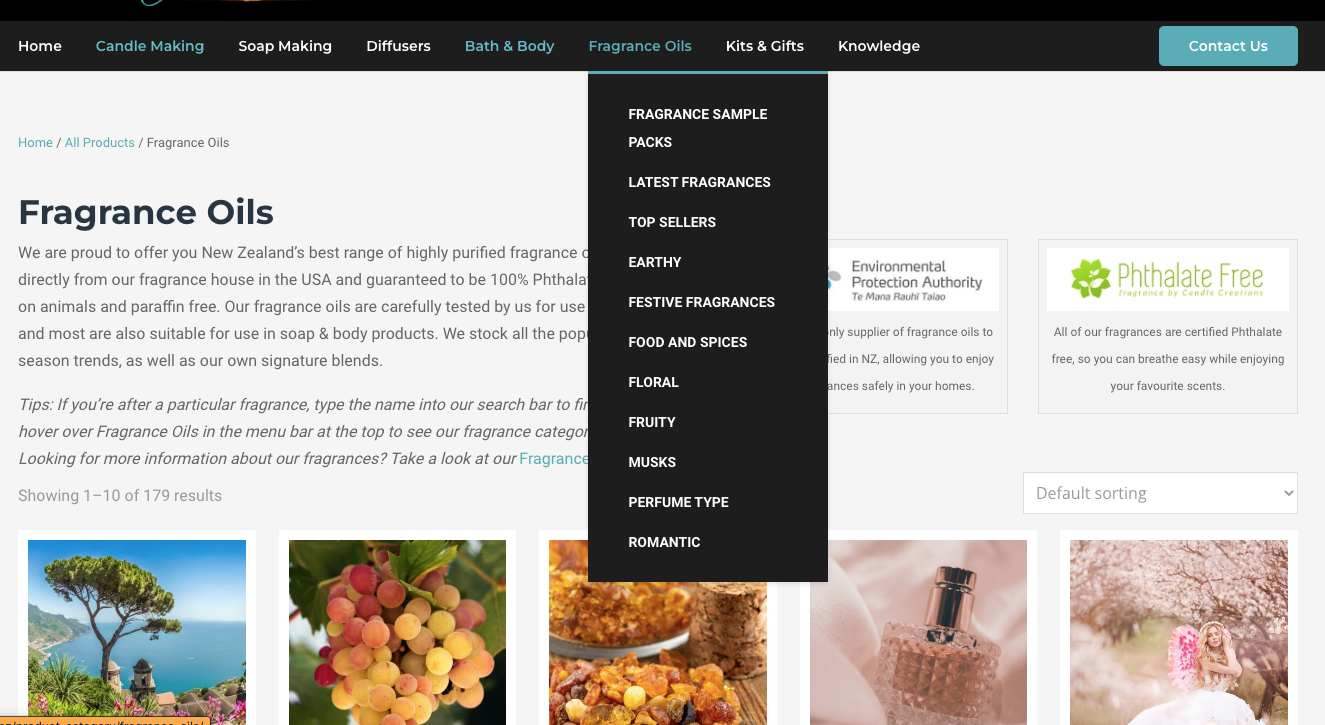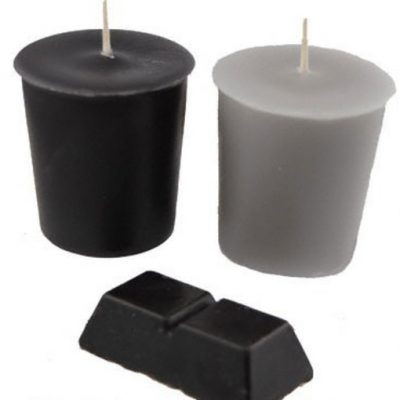Your Quick Guide to Candle Fragrance Notes and Scent Throw
The delicate and alluring candle fragrance ‘notes’ and the scent ‘throw’ into your room are one of the main reasons we burn candles; these scents trigger memories, can affect our mood and they add to the ambiance of our home. In this quick guide we will take you through how fragrance notes work, and explain what scent throw is and how you can make the best smelling candles.
At Candle Creations we are proud to supply only the highest quality fragrance oils and we are the only supplier to be EPA compliant in NZ. Our fragrances are also guaranteed to be free of phthalates, paraffin and UV inhibitors, and are not tested on animals.

Fragrance Throw
While scent and fragrance describe what the candle smells like, the fragrance throw describes the quality of that smell — how strong or weak it is, and how it permeates throughout the room. You may have heard the terms ‘cold throw’ and ‘hot throw’. These terms describe how scent travels before and after a candle is lit.
In other words, cold throw is how strong a candle smells when you pick it up off of a store shelf. Hot throw is how strong a candle smells when you’re burn it at home. But don’t be fooled, a strong cold throw doesn’t necessarily guarantee a strong hot throw. It all depends on the candle’s design and the type of wax and wick used, it might have a robust cold throw but a weak hot throw or vice versa.
We mentioned before that cold throw sometimes smells differently to hot throw and this is due to the different rates and temperatures the fragrance molecules evaporate. Due to these differences, we use the following terminology to describe fragrances; top, middle, and bottom notes.
Fragrance Notes
Fragrances are made up of a combination of notes. These notes are essentially the different scent layers that make up the final fragrance. These scents are split into three distinct elements: top notes, mid notes and base notes. Dependent on the notes you are burning will depend on how quickly they evaporate. For example top notes have a lower evaporation point, meaning they start evaporating at lower temperatures whereas base notes have higher evaporation points and become more dominant when the candle is burning.
Top Notes | First Impression | 5-30 mins
The top notes of a fragrance is your first impression when a candle is lit. They are the lightest of all the notes and tend to fade after 30 minutes. Typical top notes include citrus elements (bergamot, lemon, orange zest), light fruits (anise, berries, grapefruit) and fresh herbs (basil, sage, lavender).
Mid Notes | Heart of the Fragrance | 15mins to 6 hours
As their name suggests, mid notes lie in the middle of the fragrance. This scent layer is the foundation of any fragrance and is known to make up approximately 40-80% of the final fragrance.Typical Mid Notes include florals scents (rose, ylang ylang and jasmine) Spices (cinnamon, lemongrass, cardamom) and Fruits (peach, mango and plum).
Base Notes | Fragrance Foundation | > 6 hours
Base notes will start to shine through once the top notes have completely evaporated. Alone, base notes make up 10-25% of the final fragrance.Base notes are often rich and smooth, as well as being the longest lasting of the three notes. Common base notes woody notes (cedarwood & sandalwood) Musks (patchouli, oud & musk) and Gourmand (Tonka Bean, Vanilla & Caramel).
The fragrance triangle diagram below gives a great snapshot of how a fragrance oil is made and enables you to better picture what the fragrance might smell like once made.

At Candle Creations we have a huge range of high quality fragrances that have been categorised to make life easier when selecting a fragrance to purchase. Simply hover over the word Fragrance Oils on the top menu bar and select the category you would like:

To discover the latest exciting fragrances click HERE.






